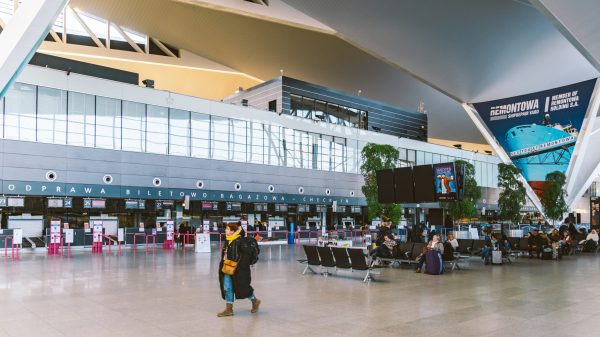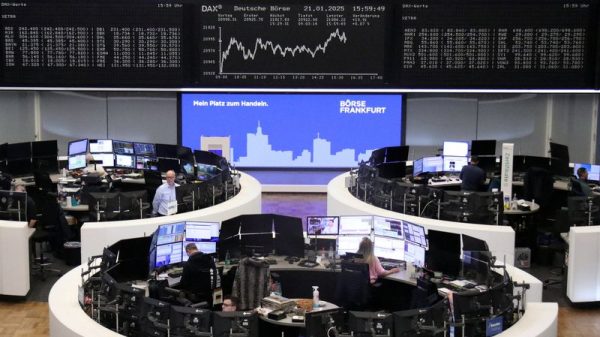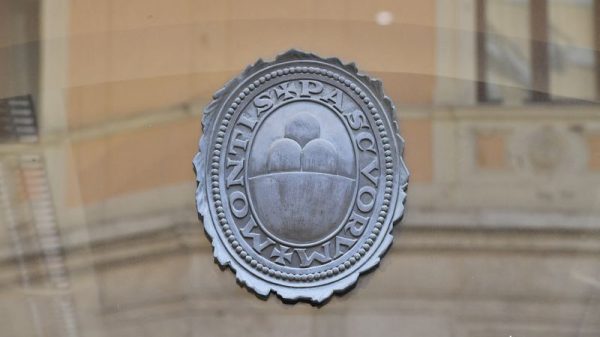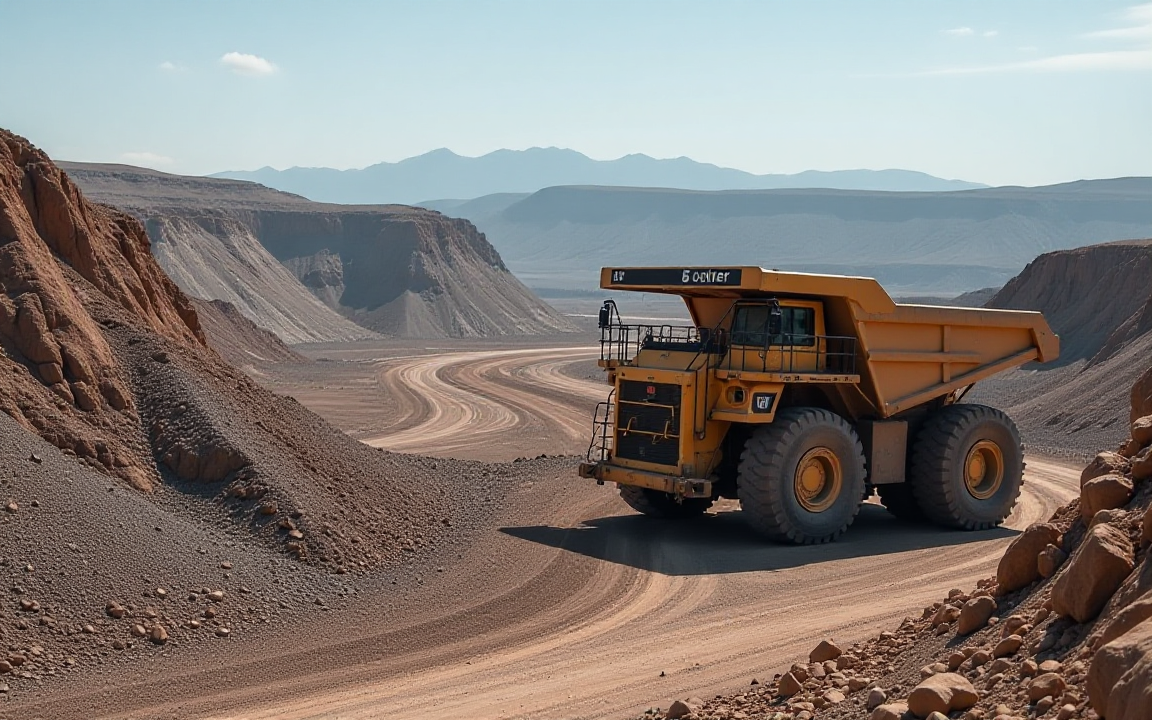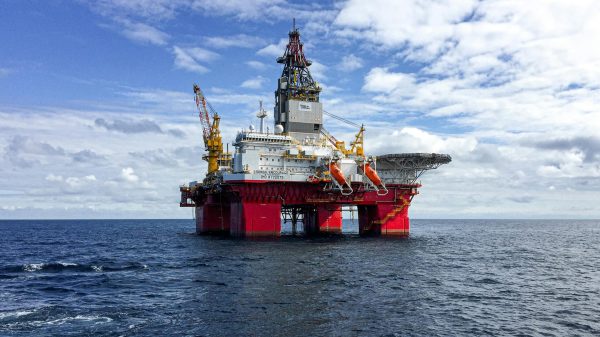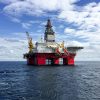BHP Group, a global mining giant, announced a significant setback at its Jansen potash project in Canada, revealing a delay in its timeline and a projected cost overrun of up to $1.7 billion.
This disclosure on Friday underscores the complexities and financial challenges inherent in large-scale mining developments.
Despite this hurdle, the world’s largest listed miner also reported a robust performance in other key areas, achieving record copper and iron ore output during fiscal year 2025, according to a Reuters report.
This mixed bag of results highlights the diversified nature of BHP’s operations, where strong performance in some commodities helps offset difficulties in others, even as major new ventures face unexpected complications.
This significant cost overrun and delay pose a substantial challenge for BHP, a company that has dedicated over a decade to this project.
The initiative was strategically important for BHP’s diversification efforts, aiming to expand beyond its core copper and iron ore operations.
The company had accelerated the project’s development, driven by the anticipation that the Russia-Ukraine conflict would disrupt global fertiliser supplies and subsequently drive up prices.
This setback not only impacts BHP’s financial projections but also casts a shadow on its long-term strategy to capitalise on emerging market opportunities and reduce its reliance on existing commodity portfolios.
Cost structure and delay
The initial phase of the Jansen project is now projected to cost BHP between $7.0 billion and $7.4 billion, an increase from the original $5.7 billion estimate.
This escalation is attributed to elevated costs, alterations in design and scope, and insufficient productivity.
The mining company has pushed back its initial production timeline.
Originally aiming for late 2026, the first stage of production is now anticipated by mid-2027.
Furthermore, the company is considering a two-year delay for the second stage of output, potentially moving the target to fiscal 2031.
This revised schedule is largely attributed to the expectation of increased market supply in the medium term, suggesting a strategic adjustment to avoid oversupply or unfavorable market conditions upon entering production.
The decision reflects a cautious approach to market entry, prioritising sustainable long-term returns over an aggressive immediate ramp-up.
The miner said in a statement:
Given potential for additional potash supply coming to the market in the medium term, and as part of our regular review of the sequencing of capital projects under the capital allocation framework, we are considering a two-year extension for the execution of Jansen Stage 2.
While BHP performed well in the quarter, Jefferies analysts noted that the increased capital expenditure guidance was a negative, according to the Reuters report.
Production
BHP anticipates a decrease in copper output for fiscal 2026, projecting between 1.8 million tons (Mt) and 2.0 Mt.
This follows a record high of 2.02 Mt in fiscal 2025 and is primarily attributed to planned lower grades at its key Escondida mine in Chile.
Meanwhile, Western Australia’s iron ore production reached a record 290 Mt for the year, surpassing Visible Alpha’s consensus of 288.1 Mt. Fourth-quarter output also exceeded expectations at 77.5 Mt.
BHP is currently reviewing its Western Australia Nickel assets for a potential divestment. This assessment is driven by the nickel business’s impact on BHP’s balance sheet.
The miner’s shares surged to a four-month high of A$40.2, up 2.8% as of 0335 GMT, outperforming the mining sub-index’s 2% increase.
The post BHP’s Jansen potash project faces $1.7B cost overrun and delays appeared first on Invezz











